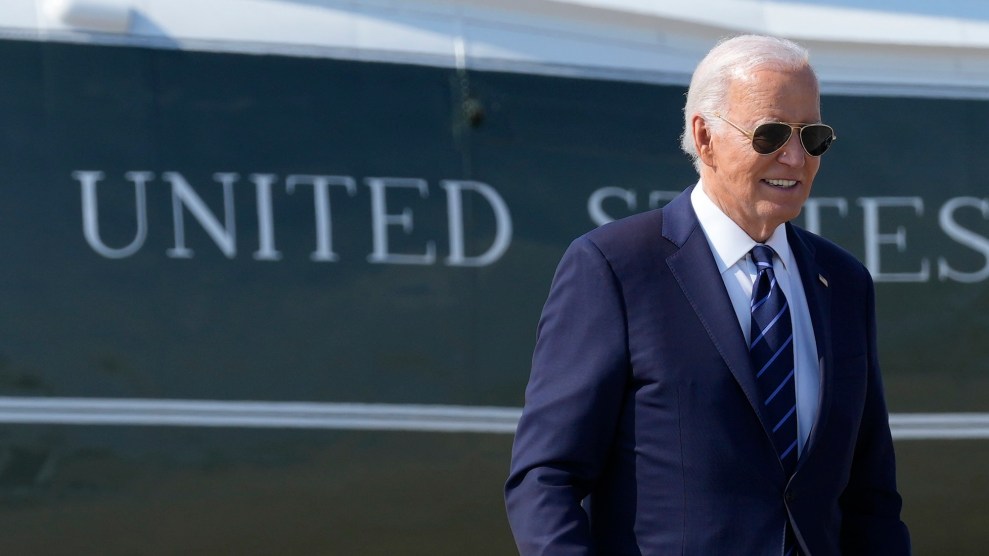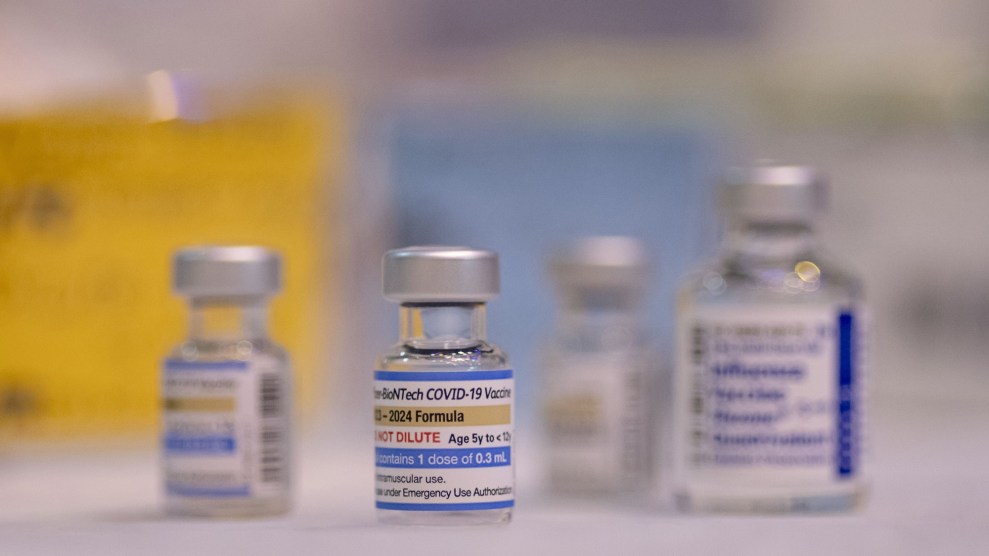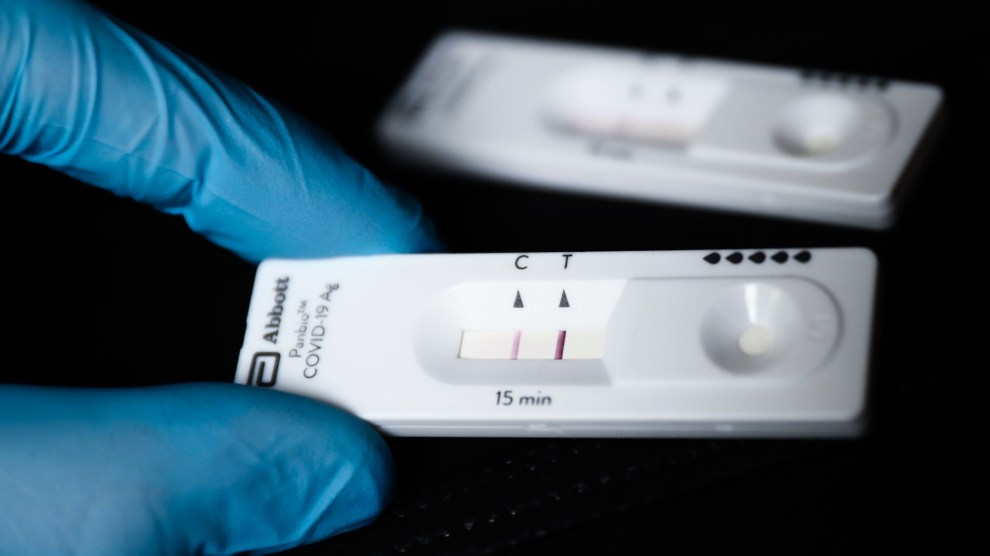
President Joe Biden, not wearing a mask, days before testing positive for Covid-19.Susan Walsh/AP
President Joe Biden recently got Covid-19 for a second confirmed time this week—along with many other people across the United States, with wastewater showing surges in multiple states.
Given how many people the president sees and interacts with, it might be surprising that he hasn’t had Covid more often. The difference: this is the first major Covid wave where people around the president are no longer regularly testing. From his inauguration through March of this year, anyone visiting Biden at the White House had to test for Covid-19. Then the administration ended that practice—and Biden promptly got it again, a cautionary tale that drives home wider government failures to set public health ahead of getting “back to normal.”
Ten months earlier, in May 2023, the Biden administration ended the Covid-19 public health emergency, claiming that Covid “no longer meaningfully disrupts the way we live our lives.” That’s easier to say when everyone around you has to regularly test for the disease. Many people do not have ready access to Covid tests, and messaging from the US government that the pandemic is “over” doesn’t encourage people to get tested, nor to wear masks. Biden’s reluctance to mask publicly in recent months, even after ending regular tests for visitors, is the most visible—and important—example.
But Biden has the ability to dial back campaigning and isolate, working a limited schedule remotely. That privilege is not afforded to many other Americans, especially the blue-collar workers the administration claims to champion—who may not be able to pay their bills if they take time off. Ample rest reduces the risk of developing Long Covid; with workers being pressured to return to their jobs prior to five days—what the CDC previously recommended when someone is symptomatic—their risk of developing a long-term chronic illness increases, and the risk of losing their jobs with it.
Around 17 million adults in the US have Long Covid, according to KFF. For many, it’s a serious medical condition—the kind Biden has said could make him consider dropping out of the race. If he did, he would still have better treatment options than almost anyone else—another factor that might shape his risk tolerance.
There are many Americans who take Covid-19 seriously and encourage other people to do the same. Most do not have the same luxury of first-rate medical care, and anti-mask legislation like that in North Carolina can also lead them to be the target of harassment.
Later this year, Biden will get his updated Covid-19 booster. But again, many Americans will not be able to, as the program providing free Covid vaccines and boosters is sunsetting. Biden’s pandemic just isn’t the same as that of millions of working-class, low-income and disabled people. The weeks following his recovery, and the remainder of his term, are a chance to set a different example—both in his own pandemic safety choices and his administration’s.


















